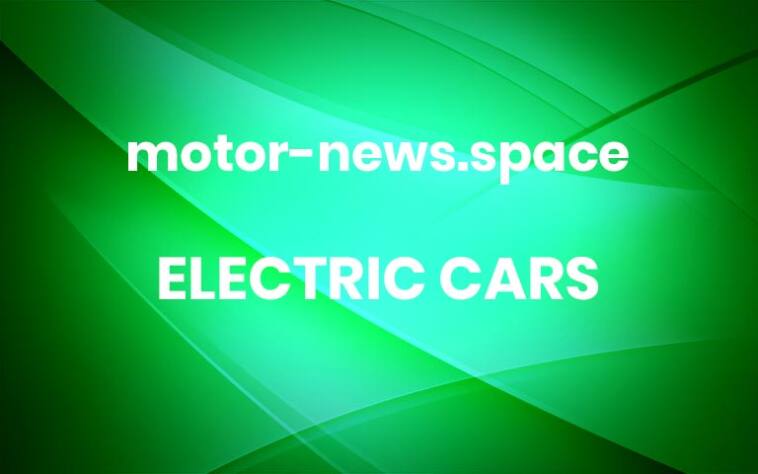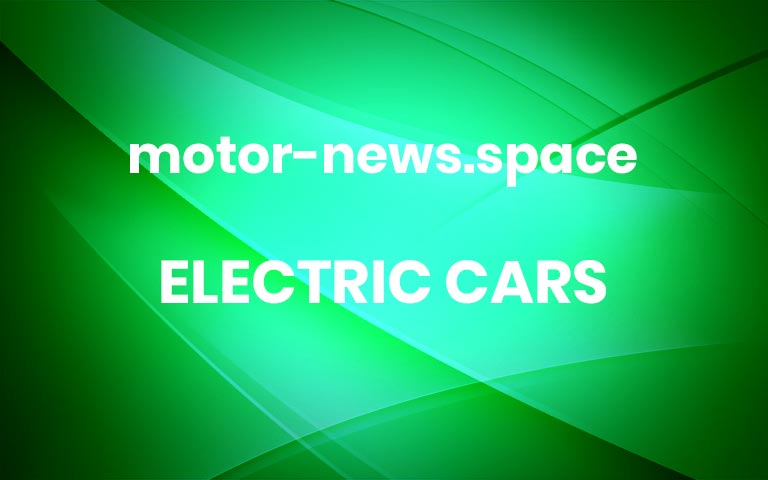2024 Tata Nexon EV Safety Rating – 5 Stars
Tata Nexon EV crash test – Bharat NCAP 20242024 Tata Nexon EV Safety Rating: BNCAP’s First Compact Electric Car Safety Test – Driver SafetyWhat’s the 2024 Tata Nexon EV Safety Rating? The compact car in the first EV in the segment to be tested by BNCAP. Gross vehicle weight stands at 1816 kg. Driver safety in the TATA Nexon EV includes multiple airbags.Frontal airbag, side head curtain airbag, and side chest airbag come standard. Belt pretensioners and load-limiters also enhance driver protection. Knee and side pelvis airbags are not available as si true with the segment.Tata Nexon EV crash test – Bharat NCAP 2024Tata Nexon EV Passenger SafetyPassenger safety mirrors driver protection with similar standard features. Frontal, side head curtain, and side chest airbags. Belt pretensioners and load-limiters are standard for passengers too. The absence of knee and side pelvis airbags aligns with the design strategy prioritising critical safety areas.Rear seat safety emphasises child protection. Standard ISOFIX anchor points support outboard seats, facilitating secure child seat installation. Rear passengers benefit from side head curtain airbags with focus on primary crash protection.Tata Nexon EV crash test – Bharat NCAP 2024Safety Assist in Tata Nexon EVSafety assist technologies include Standard Electronic Stability Control (ESC) . This caters to vehicle stability during critical manoeuvres. Pedestrian protection systems and seat belt reminders for all seats further demonstrate a comprehensive approach.[embedded content]TATA Nexon EV’s ratings applicability specifies the variants it’s applicable to. The Long Range (LR) including CRE, EMP and EMP DK, and FEA and FEA DK. Medium Range (MR) variants include CRE, EMP, FEA for transparent safety evaluations.Why Safety Matters in EVs – Tata Nexon EV Safety RatingWhy is safety a priority cars/EVs? The importance of crash protection in vehicles manifests itself as a safety badge. Incorporating features like airbags, ESC, and pedestrian protection meets laid out crash test standards. Indian government says, the future is electric.Tata Nexon EV crash test – Bharat NCAP 2024Evaluating the safety equipment a car reveals its strengths and areas for improvement. Understanding the impact of standard safety assist technologies is crucial. ESC enhances vehicle control, while seat belt reminders ensure occupants’ safety. These technologies reflect the integration of essential safety features, aiming to reduce accident risks and impact, and enhance occupant protection.Hence, integrating key safety features and assist technologies is a reliable protection approach. And needs to match evolving standards of vehicle safety expected from electric vehicles. Tata Nexon EV BNCAP 5 star rating entails a score of Adult Occupant Protection (AOP) 29.86/ 32 and Child Occupant Protection (COP) 44.95/ 49. Adult Occupant Protection scores are rated as follows – Frontal Offset Deformable Barrier Test: 14.26 out of 16.00; Side Movable Deformable Barrier Test:15.60 out of 16.00. Child Occupation Protection is rated at 44.95/ 49.00.Also Read – Tata Punch EV Scores 5 Star Safety Rating In Bharat NCAP 2024 More



